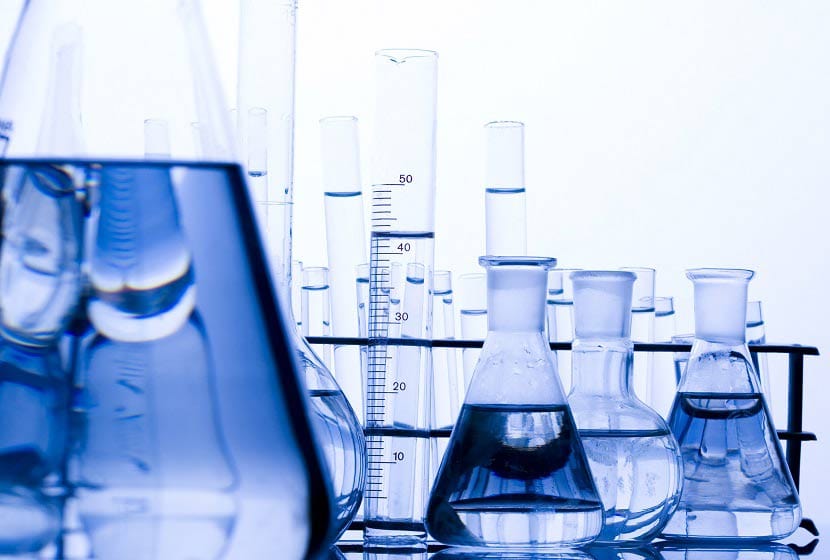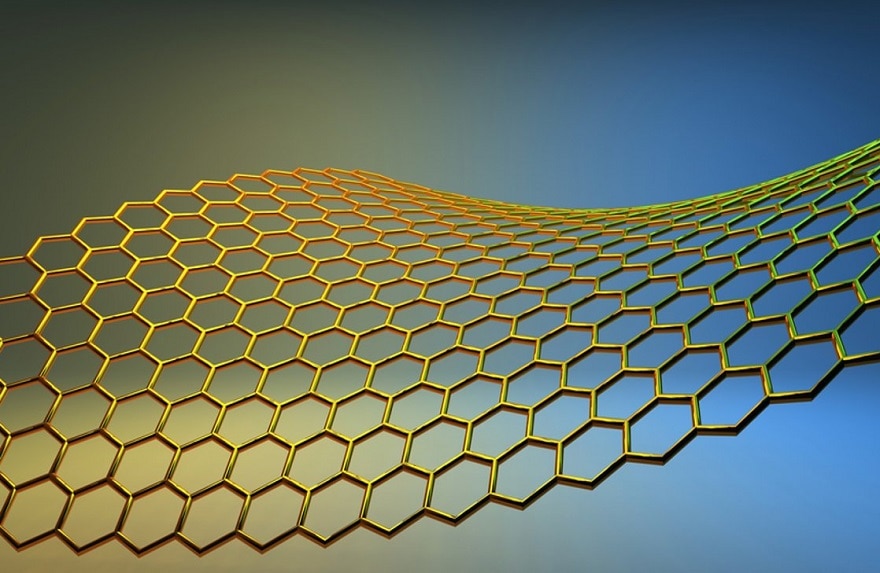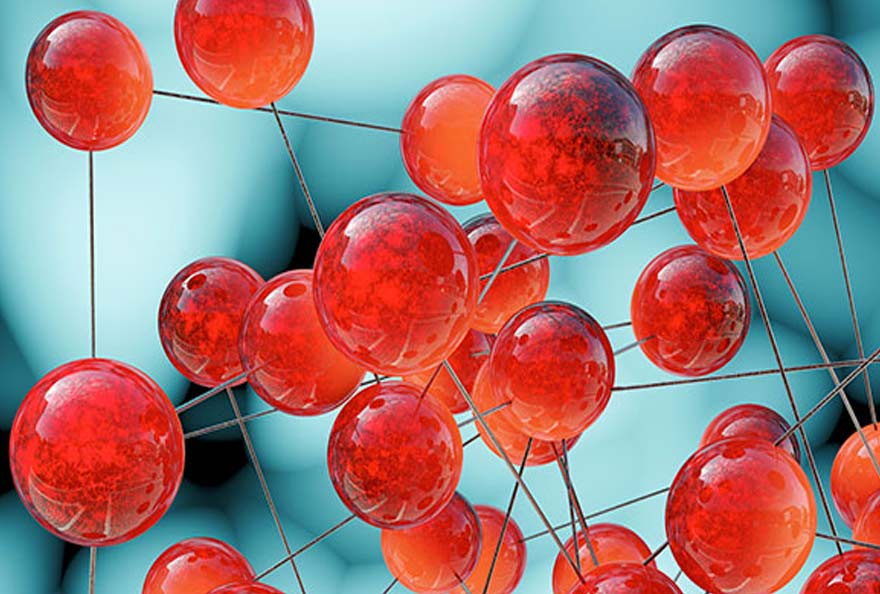Minutes of the NanoResp Forum session of 17 November 2014 on the theme: "Is quality assurance of nanoproducts possible? »
Manufacturers of nanomaterials present in various products in the construction, automotive, textile, purification, electronics, energy, cosmetics or food industries highlight their attractive properties (self-cleaning, pollution control, filtration, antibacterial protection, fluidity of textures, mechanical resistance, etc.), a guarantee of a certain quality. This must be balanced against the possible effects of nanomaterials on the environment and health.
One system Is quality assurance possible, and is it necessary for such "nanoproducts"? Which bodies are concerned and competent? What methods are used to characterize nanoparticles or "nano-objects" (size and properties)? How can standardised methods be developed that can be used on a routine basis? Beyond that, how can industrial sectors progress to ensure confidence in the information shared: labels, guarantees, certifications, transparency?
Speakers :
– Nicolas FeltinNanometrology Mission Manager, Photonics and Energy, National Metrology and Testing Laboratory (LNE)
– William of Calanfounder of Nanoe, producer of nanopowders for the technical ceramics industry.
– Laurence Lanoy, lawyer, specialist in environmental law, Laurence LANOY - Lawyers
- Animation: Jean-Jacques Perrier
Jean-Luc LaurentDirector of the LNEThe President, welcomes the participants. He is delighted with this dynamic and explains why he wanted LNE to join the Alliance that supports the Forum: LNE's Nanometrology Club is a good example of a rapid transition between research and industry, where the questions asked by industrialists lead researchers to evolve their work programmes. LNE is also in discussion with CEA, notably the Grenoble centre, with a view to having reference materials with metrological traceability by July 2015. Humanities subjects are less in the laboratory's strings and an aid to reflection in these areas is useful. It is also essential to make relevant choices in the quantities to be measured to characterize phenomena. However, there are social and legal determinants in the choice of these axes of characterization. The NanoRESP collective can help the LNE in these approaches.
Nicolas Feltin: "Nanometrology: measurement needs for the characterization of nanomaterials".
Before reaching a consensus, we refer to the definition given by ISO TC 229, the technical committee in charge of nanomaterials. The size range concerned goes from 1 to 100 nm and constitutes a transition domain between the molecular world governed by quantum physics and massive materials. In the nano domain, quantum properties gradually disappear as the size of the object increases.
The originality of nanomaterials lies in the fact that their properties (optical, magnetic, thermodynamic, electrical...) change with the size and shape of the object. A typical example is the change in the optical properties of the nanoparticles of a semiconductor, cadmium selenide (Cdse), which fluoresces in blue at a size of 1.7 nm, and in red at 6 nm. Other materials can be metallic in the solid state and become insulators or semiconductors at the nanoscale.
Nanometrology is the science of measurement at the nanometer scale. It is a field that has recently been identified as a key area for the development of nanosciences and nanotechnologies. It currently has two main application themes: optimising manufacturing processes and quality systems, and controlling health and environmental risks, with measurement being at the heart of toxicology studies. Traditional measurement techniques are difficult to apply. According to a 2004 report of the Royal Society & the Royal Academy of EngineeringThe technological breakthrough created by nanosciences and nanotechnologies is not at the level of manufacturing but rather "at the level of the tools used to observe and measure properties and control manufacturing at the nanoscale".
A nanoparticle (nP) is not a molecule and its identification is not easy. A molecule can be completely characterized by only three parameters: constitution (the chemical elements that make it up), conformation and configuration, which represent the arrangement of atoms in space. The number of parameters that can characterize an nP can reach 59 (OECD reference of 2008) but among these criteria, nine have been kept (ISO TC 229, 2009): size, morphology, chemical composition, crystallographic structure, specific surface area, size distribution, state of aggregation or agglomeration, surface chemistry, surface charge. The first five parameters are specific to the individual object, but the next two have collective effects while the last three are dependent on the environment. Hence, they behave differently depending on the body compartments in which they may be found (depending on the pH for example).
However, we are not able to define families of nanoparticles in the same way as molecules.
To lay the foundations for suitable metrology at the nanometer scale, specific standards and reference materials are required. The direct size-measuring instruments of the atomic force microscope (AFM) and the scanning electron microscope (SEM) produce different results in different laboratories. This has been the problem noted in publications over the last 15 years.
To gain confidence in the measurements, instruments must be calibrated through the establishment of a "chain of traceability" that links the measurement at the nanometre to metre scale defined in the International System (SI). With this traceability, measurement becomes universal. It is also necessary to estimate the uncertainty bars, to establish specific standards and reference materials, to develop methods and protocols recognized by all, and to cross-check measurements made using several techniques. It is a work in progress, and a very long one, because it is necessary to establish these chains of traceability for each quantity.
How is traceability of measurements at the nanometer scale achieved? A reference structure, a periodic array of objects with a known x and y period value and a step height is used. The values are given by a calibration certificate given by a manufacturer or established by a metrology laboratory. At the international level, our common reference is the SI, in which the metre is defined as "the distance travelled by light in a certain time that corresponds to the inverse of the speed of light". The standard for putting this definition into practice is a frequency-stable laser (primary standard). In the traceability chain, following this standard, there is a calibration bench, with which a secondary standard is calibrated, which in turn enables laser interferometers to be calibrated. These are mounted on a so-called metrological atomic force microscope (only one per country). The calibration certificate is finally drawn up by the laboratory and can then be distributed to metrology laboratories. In this way, measurements of nanoparticles are comparable between laboratories.
Industrialists and many academic laboratories most often use indirect methods requiring less expertise, less expensive and faster than microscopy. They use the intrinsic properties of the particle (surface, crystallographic structure, electrical mobility, light scattering) to deduce its dimensions using a mathematical formula. But they can "make anything talk" if strict protocols are not followed.
The major difficulty in metrology is that we are dealing with mixtures of nanoparticles with a distribution around a mean size. So we have to do metrology of the mean size and standard deviations. Populations can be more complex with distributions in crystallographic shapes and structures. For example, for nanotitanium, the rutile form is mixed with anatase or brookite, which do not have the same behaviour or toxicities. Similarly, one can have ultrafine particles mixed with larger ones. If you use a technique that only "sees" the larger ones, you may not detect the more dangerous ones. However, the European definition of nanoparticles uses an arbitrary criterion: a mixture of which 50 % have one or more dimensions between 1 and 100 nanometers is qualified as "nano". There is no reference method for applying this definition, except in ideal cases of "perfect" spherical particles. A revision of this reference is planned for the beginning of 2015, in connection with the work of the European programme. NanoDefine.
Guillaume de Calan, founder of Nanoe (GC)
Nanoe is a spin-off of Ecole Centrale and CNRS, created in 2008. It manufactures nanometric powders of aluminium oxide and zirconium oxide (alumina, zirconia and ZTA/ATZ composites), with batches of around 100 kilograms and a production of one tonne per month. The powders are shaped and fired at high temperatures by the technical ceramics industry. The applications are of two types: biomedical, with hip and knee prostheses, orthodontic brackets or translucent alumina "brackets"; and industrial, with precision and wear parts (precision balls, wire guides, coatings) and crucibles and industrial parts resistant to thermal shock. Nanopowders provide longer life and greater wear resistance, making them more durable materials.
Nanoe synthesizes its materials from chemical solutions, using a "bottom-up" method supplemented by a "top-down" process of quasi-grinding or "deagglomeration", the particles tending to agglomerate naturally in water.
Nanoparticle measurement methods are expensive. We are fortunate to be backed by one of the laboratories of the Ecole Centrale de Paris. For the direct measurement of particles, we use AFM or electron microscopy, but mainly in R&D and not much for quality assurance. These measurements cannot be used to establish an error-free particle size distribution in a sample.
X-rays are also used, a historical speciality of the Central School laboratory. This measurement provides information of not very precise size via a physical model and important quality information such as the crystalline phases specific to this scale. We also measure the specific surface area of particles by absorption of a gas (nitrogen). This method tends to overweight small particles. For us, it is mainly used to characterize the surface properties of the particles, which are of great importance for their behaviour. The electro-acoustic zeta potential of the particle suspension is also measured.
Laser interferometric analysis (DNS) is also used but it does not give precise information on the morphology of the particles. It is, however, the only method that gives a particle size distribution, i.e. a distribution of particle sizes, which makes it possible to compare batches.
Most of the direct or indirect measures are used for R&D. For the quality assurance of our products, we carry out specific tests on finished products.
characteristics that we manufacture ourselves using our customers' methods.
The final properties of the products are checked, such as density, microstructure, mechanical and wear properties and specific surface area.

Question session / Debates to follow on the NanoResp website
Next NanoResp Forum session on Thursday 5 February 2015












